A BRIEF HISTORY OF ALARM CLOCKS: A JOURNEY FROM FIRST ALARM CLOCKS TO MODERN ONES
There is no denying that waking up in the morning isn’t the best part of our daily routine for most of us. Even if we decide on a short nap, it is not very difficult to go overboard and lose track of time. All hail the mighty alarm clock, for otherwise making it to our destinations on time would be difficult. The blaring of the alarm clock isn’t very pleasant. But it is what we call a necessary evil.

So, it is only fair if we know a little bit about the alarm clock history.
If we turn over the pages of alarm clock history, the ones that we have now weren’t always around. But the need to wake up in the morning was obviously there. Then, how did people wake up before alarm clocks?
Before alarm clock invention
In the early days of human civilization, people relied on the bright morning sun to wake them up. Then there was the rooster, which was loud enough to wake up an entire village. In the earlier days, people often drank a lot of water before turning in for the night. The compulsion to use the washroom served as an alarm clock for them.

Precursor to the first alarm clocks
The concept of alarm clock has always been present in the history of mankind. The first alarm clocks or rather somewhat similar concepts go back to as far as the 4th century BC. This was when the Greek philosopher Plato used a water clock with an alarm sound like that of a water organ, to wake up for his lectures at dawn.
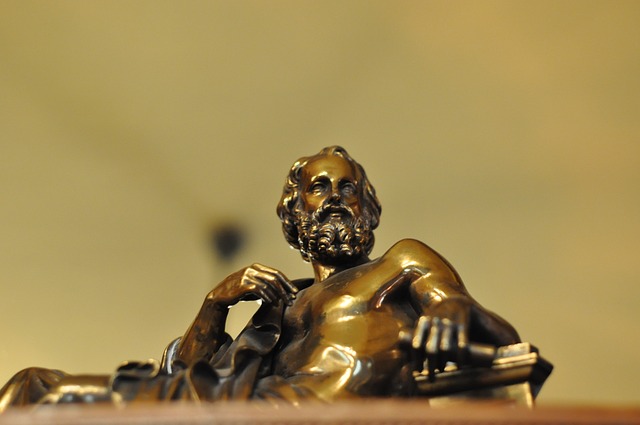
During the Hellenistic period, Ctesibius, a Greek inventor and mathematician, added certain mechanisms to the water clock so as to produce sound at pre-set times. He did this either by dropping pebbles on a gong or by blowing trumpets.
First alarm clock
In the year 725, the Buddhist monk and inventor Yi Xing created an astronomical clock that not only measured time but also the distance of planets and stars. He called it “Water-Driven Spherical Bird’s-Eye-View Map of the Heaven.” It had a water wheel that turned gears in the clock. Puppet shows were set or gongs rang from time to time. This was first recorded mechanism with close resemblance to the alarm clock we know today.
First alarm clock towers
In the 14th century, clock towers were erected in various parts of Western Europe. These would chime at fixed hours every day.
The earliest mention of such clock tower was by the Florentine writer Dante Alighieri in 1319.
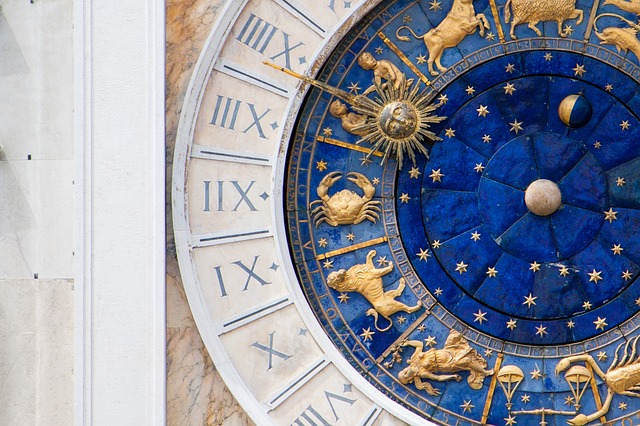
St Mark’s Clocktower in St Mark’s Square, Venice, is possibly the most renowned striking clock tower still standing. Its construction took place in 1493, by the famous clockmaker Gian Carlo Rainieri from Reggio Emilia.
Evolution of modern alarm clocks
During the industrial revolution, around 1850’s, as work routine became more stringent, people living around factories would wake up to the factory whistles.
Further, there was an entire profession called ‘knock-uppers’. Their job was to knock on doors and windows to wake people up. However, this profession faded as we entered the 20th century, owing to the alarm clock invention which were easier and more convenient to use.
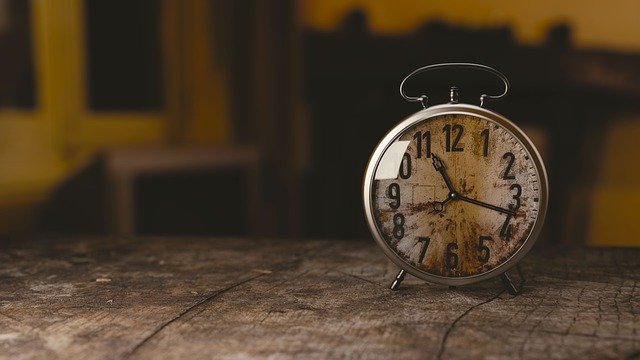
In 1787, Levi Hutchins, an American, invented an alarm clock to wake him up at 4 a.m. Although made for personal use, this alarm clock is the first recorded mechanical alarm clock.
In 1847, Antoine Redier, a Frenchman, was the first to patent an alarm clock that was adjustable. This adjustable alarm clock came with a dial which had a hole for each number. The user just had to insert a pin into the hole of the hour he needed to wake up at.
In 1876, American Seth E. Thomas patented his own version of mechanical wind-up alarm clock that could be set for any time. His company mass produced such alarm clocks. Thus began the dawn of modern-day alarm clocks which was easily accessible to the common folks.
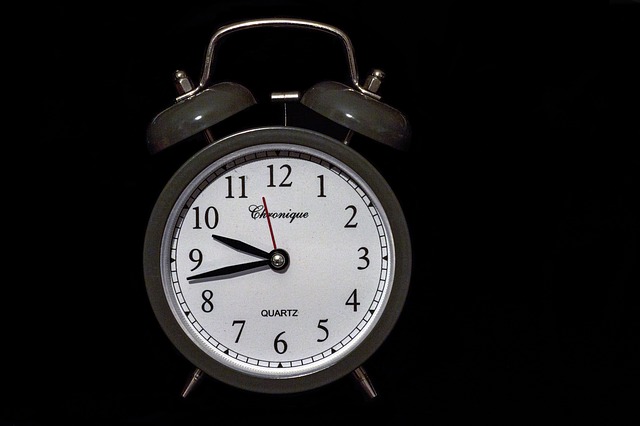
At the mention of an alarm clock, the classic picture that comes to mind is that of the double-bell alarm clock. One can trace back its birth to the 1880s. Westclox has been manufacturing this model since the 1920s. One of the longest lasting alarm clocks would be the ‘Big Ben’ by Westclox. It first came out in the 1900s and continued to be in production till 1960s and 70s. Without the exterior bells, its neat design helped it to gain popularity.
Alarm clocks at the time of war
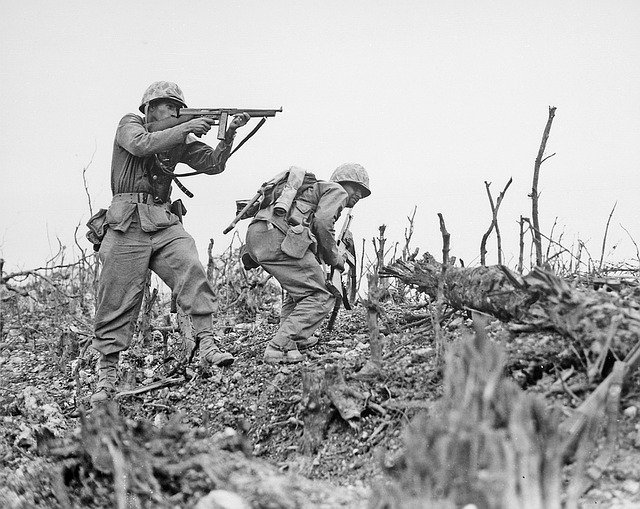
During the World War II, the production of alarm clocks ceased in the United States. That was in 1942. But soon a shortage of alarm clocks led to resumption of their manufacture in 1944. Several new designs came out along with the ones existing before the war. Thus, the alarm clocks were among the first post war consumer goods to come out in the market even before the end of the war.
James F. Reynolds, in the 1940s, invented the first radio alarm clock. People could now choose to wake up to the morning broadcast of news or soothing music rather than the blaring sound of the alarm.
For the love of sleep, the snooze button came into being in 1956. Now people could, at their own risk, choose to stay in bed for few more minutes before the alarm went off again.
Present day
Like most things around us, alarm clocks have come a long way. The present scenario is not unknown to us. With the advent of digital era, alarm clocks have found their way into our digital devices in the form of apps and web-based tools. More often than not, people now wake up to their phone’s alarm tone.
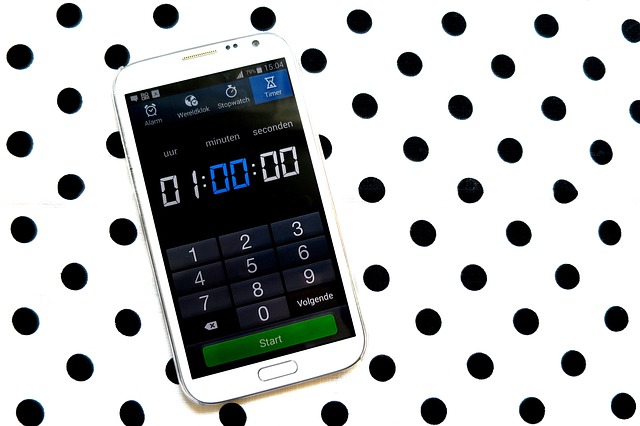
Most of us have ditched the actual alarm clock as our mobile phones come with facilities ranging from basic alarm clock to such apps which will make you solve a puzzle before you can disable it. So much just to jolt us sleepyheads back to reality. And not just sleep. We need alarm clocks for so much more. Anywhere anything that needs to be timed, alarm clock is the answer. Hence, it is safe to say that the alarm clock is one such invention of mankind that is here to stay.




